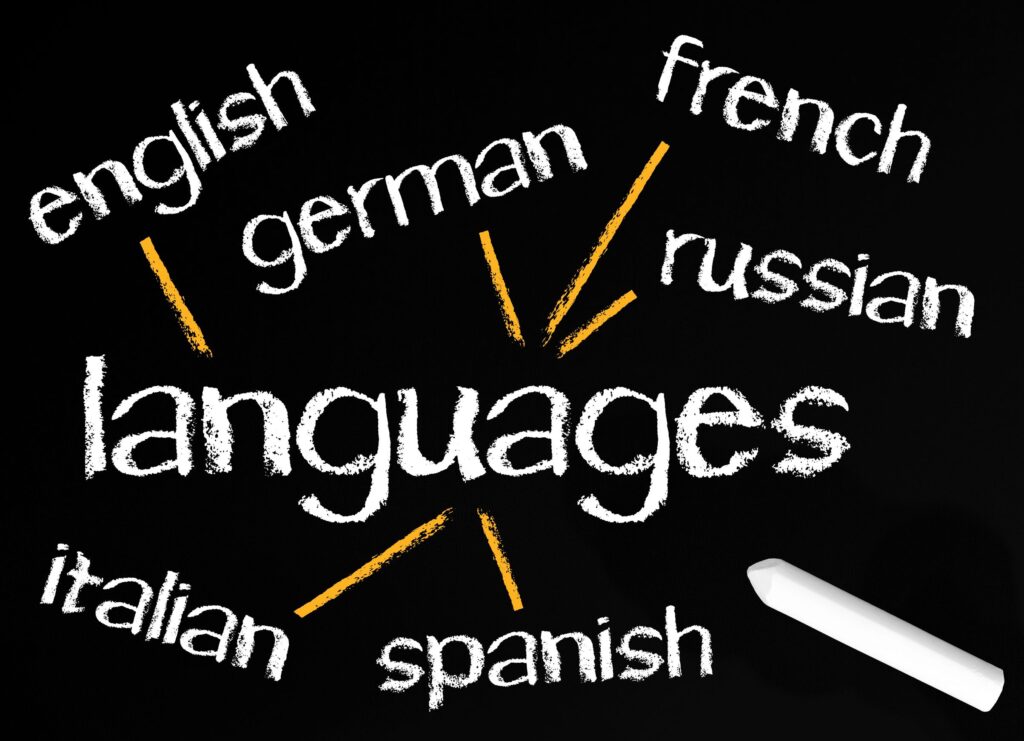Globalization has allowed access to various video content. While some are satisfied with an English version, some vendors want to reach a wider audience by providing subtitles or dubbing the video or film.
The type of implementation differs. In subtitles, the words (dialogue) are printed over the film, translated into the language spoken by the audience. In dubbing, the original spoken language is replaced (dubbed) by another language, often by other voice actors.
It is not easy to conclude which method is better. Each one is better based on the purpose and the preferred method each country or territory requires.
What are the differences between dubbing and subtitling?
The procedure is complex when you want to adapt multimedia content for different audiences. The process involves more than simply translating. Above it is the decision of whether to dub the video or provide subtitles to the film.
Subtitles
Before you choose, it is essential to understand the definition of each method. If you want subtitles, the screenplay, transcript or dialogue is translated into another language, and the words are superimposed over the video or film. The subtitles are often displayed at the screen’s lower part.
Dubbing
In video and film production, dubbing is a post-production process. Voice actors are used as dubbers to replace the original actors’ voices with dialogue using voice actors who speak in another language. The new audio is mixed with the original sound to finish the soundtrack.
Subtitling: advantages and disadvantages
In subtitled video content, the viewer can listen to the actors’ original voices. Professionals subtitlers ensure that the accurate translation of the subtitles. With this method, even viewers who are hard of hearing or deaf, and people who have difficulty understanding accents, and cannot comprehend the spoken dialogue, will still enjoy the video content because it is available in written form.
It is beneficial to language learners because they can improve their foreign language skills. They can listen to the vocabulary, pronunciation and grammar. Another good thing about subtitles in you can turn it on or off.
In terms of cost, subtitling is cheaper than dubbing.
However, some people are distracted by the subtitles because they have to read them instead of concentrating on the action on the screen. Some people cannot read the subtitles fast enough to understand what a particular character is saying.
Dubbing: advantages and disadvantages
In a dubbed video content, the audience can listen to the audio in their own language, which allows them to appreciate the video or film better.
However, dubbing the video takes time. It involves a difficult and lengthy process. Simultaneously, dubbing costs higher, particularly a full-length film because of the post-production requirements involved in the dubbing process. Most of the original actors are not used when dubbing the video. Instead, the producers have to employ a group of native speaking voice actors to render the video in other languages. Most of the time, the producer has to hire a voice actor for each character in the video.
The voice actors will record the original screenplay in the target language. The post-production editors will replace the original audio with the dubbed version. The editors will try to match the audio with the characters’ lip movements. Often this does not work because of the differences in language. Thus, they may have to redo the recording to change the word order or the translations in the target language to fit the original.
Why do countries differ in their requirements regarding video translations? Aside from the production costs, producers consider the purpose and genre of the video. A corporate video or a short documentary will benefit more from using subtitles because they are more precise. Most artistic products prefer to have their videos dubbed.
Another thing to consider is the target country. Most countries have their preferences. Greek viewers are accustomed to reading subtitles on most foreign language materials. In Spain, however, the audience wants to watch dubbed videos and films.
The most important consideration is the budget. Video dubbing is about 10 to 15 times more expensive than video subtitling, aside from each method’s other pros and cons. Film producers will dub major productions for the international audience when they are sure that they can recoup their expenses. For smaller territories, they may opt for subtitling. Moreover, dubbing can add between six to twelve weeks to the post-production process.
For example, the movie “Frozen” was dubbed in 25 languages. A short animated film in French, titled “Tea Time” was available with English subtitles.
Deciding which method to use on video projects
Dubbing and subtitling both have advantages and disadvantages. For video projects, the decision depends on several things.
Some high profile personalities appearing on the video may require the production company to dub the audio to preserve their vocal reputation’s integrity since they want the audience to identify their voice with their body language or their face.
Your budget will play a key role in your decision since you have to hire different sets of voice actors to dub the audio into the target languages. In subtitling, you may need one team, if it is a big project to translate the screenplay accurately and create the subtitles later.
Whether you choose dubbing or subtitling, you will need professional translators. Voice actors will depend on the translated screenplay, similar to what people who will render the subtitles will use. They have to watch the entire film in both methods, record the audio, and review the output. They need to match up with the length of the original dialogue.
The choice is dependent on the intended market. Many indie films use subtitles, but blockbuster movies from large production companies dub their films. According to a survey done several years ago, in England, dubbed or subtitled versions of a movie, such as Avatar, was shown in different places. According to the survey, people who like to watch blockbuster movies want to see the dubbed version, while people who watch the subtitled versions usually also watched art house films and movies in foreign languages.
Age is a factor when choosing between the two methods. For instructional and informational materials for young children, dubbing is the preferred method. Subtitles are suitable for people with hearing difficulties, trying to learn a foreign language, and older children.
As mentioned earlier, the method you choose will depend on the audience’s preference. Some countries, such as Russia, Germany, Spain, Italy and France, are used to viewing dubbed films.
Audiences from the UK, Belgium, Ireland, Greece, Denmark, the Netherlands, Norway, Finland, Portugal, Sweden, the U.S., Argentina, Mexico, South Korea, Malaysia, South Africa, India and China, prefer subtitles.
Get your localization project off the ground with eTranslation Services
Provide videos for your target audience in their preferred language through subtitling or dubbing. Translating videos is part of the localization process to enhance audience engagement. eTranslation Services provides subtitling and dubbing services to local and international clients in more than 200 languages. Our native-speaking translators provide high quality and accurate translation for a wide range of projects. No matter where you are located, you can easily get in touch with us through email at [email protected] or calling us at (800) 882-6058.



